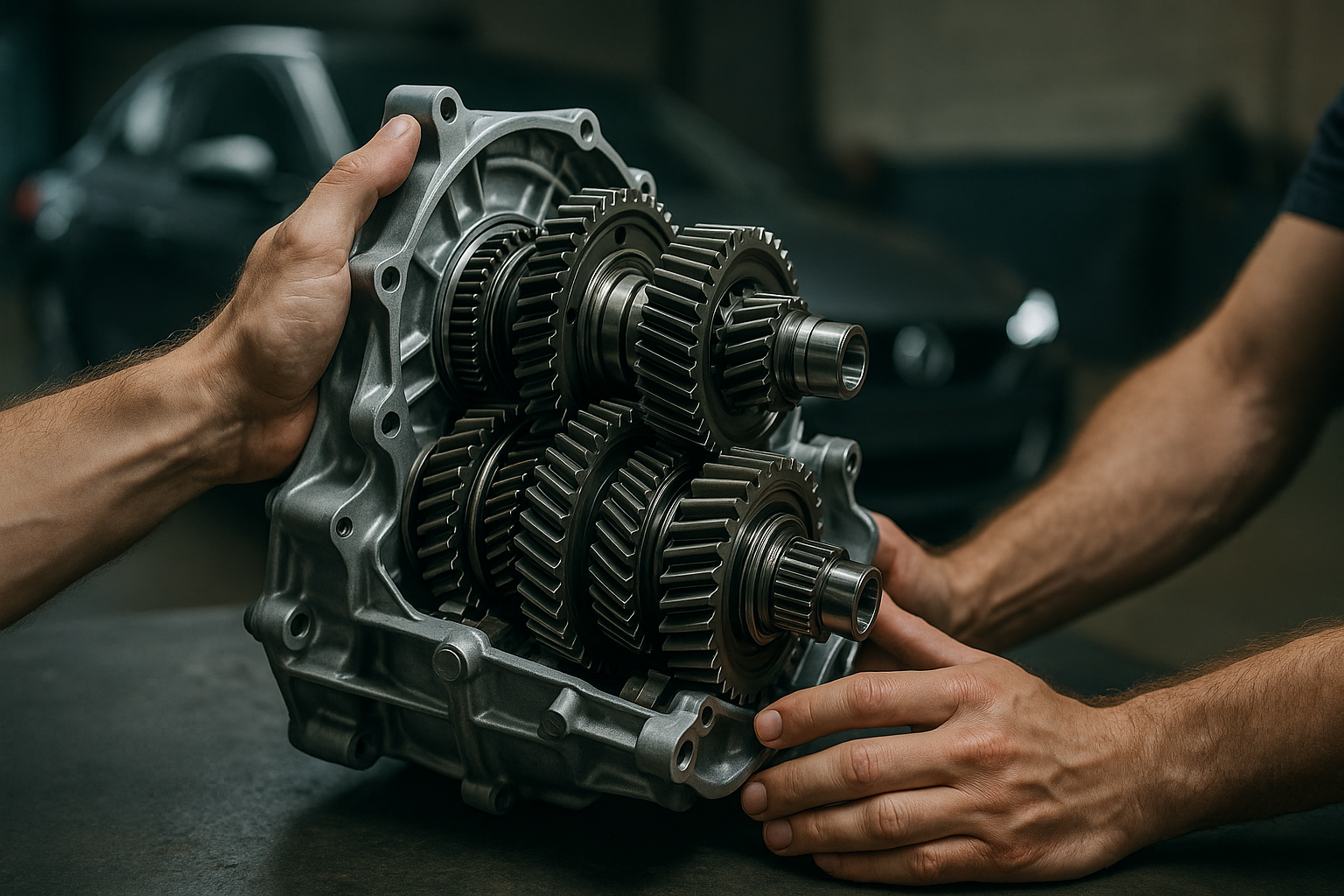Understanding safety and mechanical checks for vehicles
A clear understanding of vehicle safety and mechanical checks helps owners, buyers, and technicians spot issues before they cause failures. This article explains common inspection steps, what inspectors look for, and how diagnostic reports and simple maintenance routines support roadworthiness and long-term reliability.

A thorough vehicle inspection combines visual checks, functional tests, and diagnostic scans to assess safety and mechanical condition. Inspectors examine structural elements, key safety systems, and powertrain components to identify wear, leaks, fraud, or imminent failures. Accurate reports and standardized checklists turn observations into actionable maintenance or repair plans and help owners and prospective buyers judge roadworthiness objectively.
What do vehicle safety diagnostics include?
Vehicle safety diagnostics start with an OBD-II scan to read stored and live trouble codes, monitor sensor data, and evaluate emissions readiness. Inspectors also review airbags, seatbelt operation, lighting, and steering inputs. Diagnostics can reveal intermittent faults in engine management, ABS, or stability control systems that are invisible during a simple visual inspection. Mechanics use live data and freeze-frame information to correlate symptoms with physical findings and determine if further testing or part replacement is needed.
How are prepurchase inspections performed?
A prepurchase inspection focuses on history verification, structural integrity, and mechanical soundness. It typically includes a road test, underbody examination for rust or collision repairs, engine and transmission checks, and odometer consistency verification. Inspectors compare service records and VIN data for past accidents or title issues. For buyers, a detailed report clarifies potential future costs and highlights urgent safety concerns, helping to negotiate price or walk away from problematic vehicles.
What maintenance and emissions checks matter?
Routine maintenance verification includes oil condition, filter replacements, belt and hose inspection, fluid levels, tire tread and pressure, and scheduled servicing history. Emissions testing assesses the exhaust system, catalytic converter performance, and sensor operation to ensure compliance with local regulations. Poor maintenance often shows as dirty oil, neglected filters, or damaged emissions components; addressing these early reduces risk of larger repairs and improves fuel economy.
How are brakes and engine evaluated?
Brake inspection covers pad and rotor wear, caliper function, brake fluid condition, and ABS diagnostics. Mechanics measure pad thickness and rotor surface for scoring or warping and perform functional tests for pedal firmness and braking balance. Engine evaluation includes compression or leak-down tests when needed, inspection for oil or coolant leaks, timing belt/chain condition, and listening for abnormal noises. Combining visual checks with diagnostic data reveals both slow-developing wear and sudden component failures.
What about transmission and roadworthiness checks?
Transmission checks include fluid inspection, scan tool data for gear shift patterns and slip codes, and road testing across speed ranges to detect hesitation, slipping, or noise. Roadworthiness assessments bring together suspension, steering alignment, tire condition, lighting, and structural soundness to determine whether a vehicle meets legal and safety thresholds in your area. Inspectors also verify that any aftermarket modifications don’t compromise safety or emission compliance.
What should a checklist and inspection report include?
A comprehensive checklist guides inspectors through systems such as engine, transmission, brakes, steering, suspension, exhaust/emissions, electrical components, and structural integrity. Reports should list findings, severity levels, recommended repairs, and an overall assessment of roadworthiness. Reliable reports also document odometer readings and note any inconsistencies or tampering signs. For buyers, certifications or completed safety checks from qualified mechanics provide an additional layer of assurance, while owners can use reports to prioritize maintenance.
Conclusion Understanding safety and mechanical checks helps vehicle owners and buyers make informed decisions and prioritize repairs that affect roadworthiness. Regular inspections, combined with diagnostic data and clear reports, reduce the likelihood of roadside failures and unexpected repair costs. Keeping records of inspections and maintenance supports ongoing vehicle reliability and provides transparency when transferring ownership.






